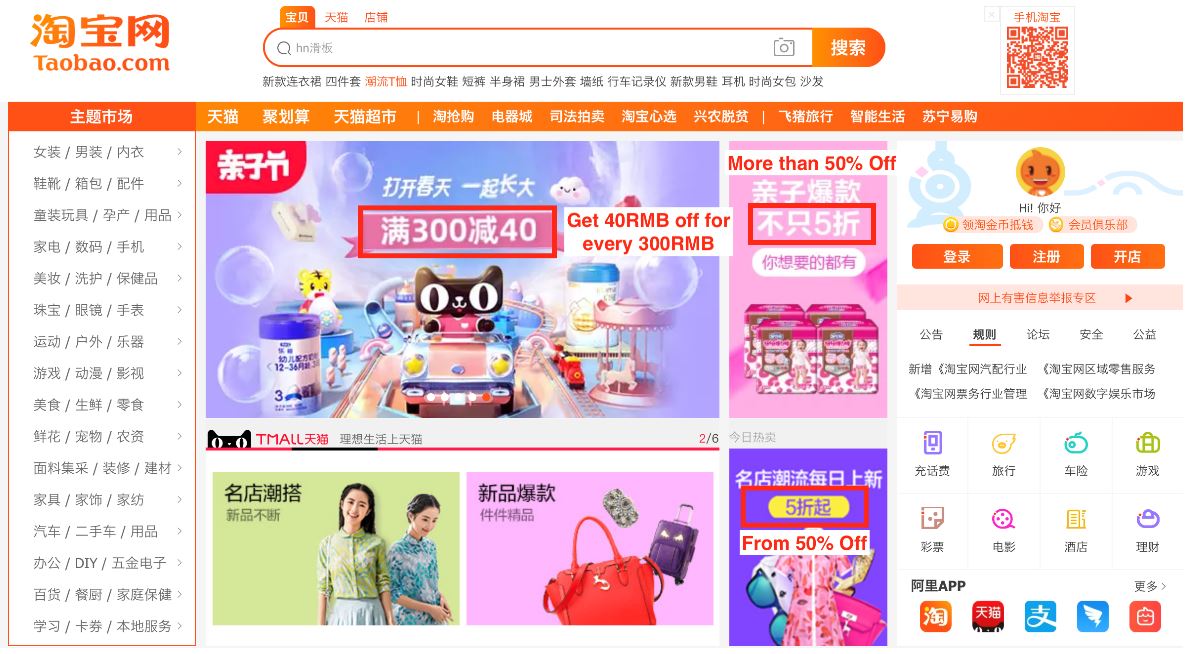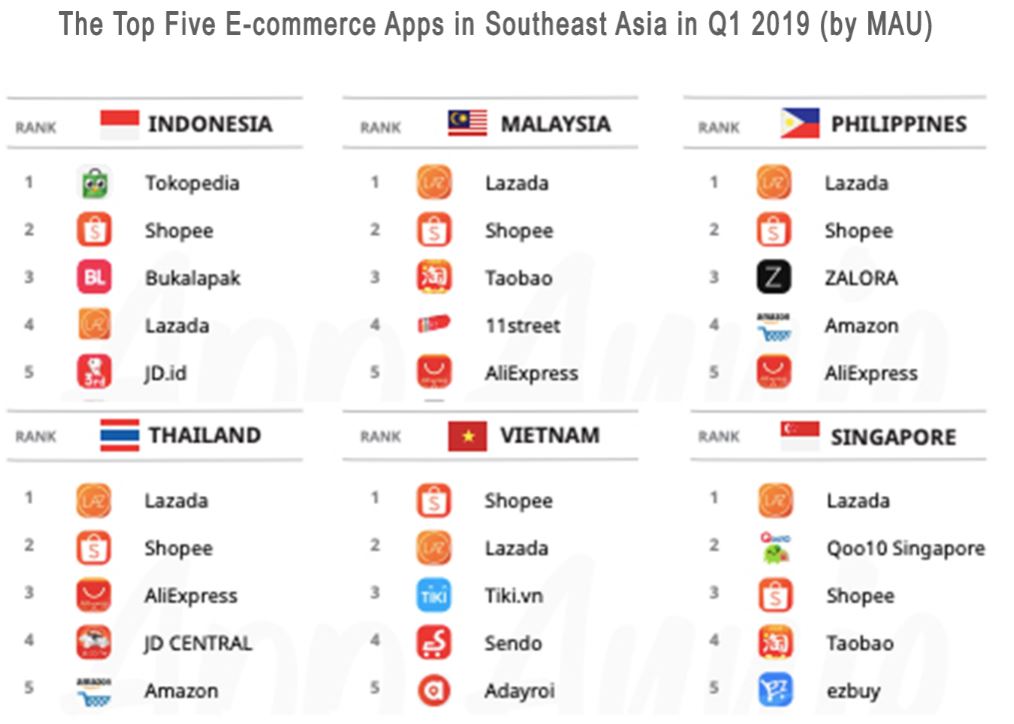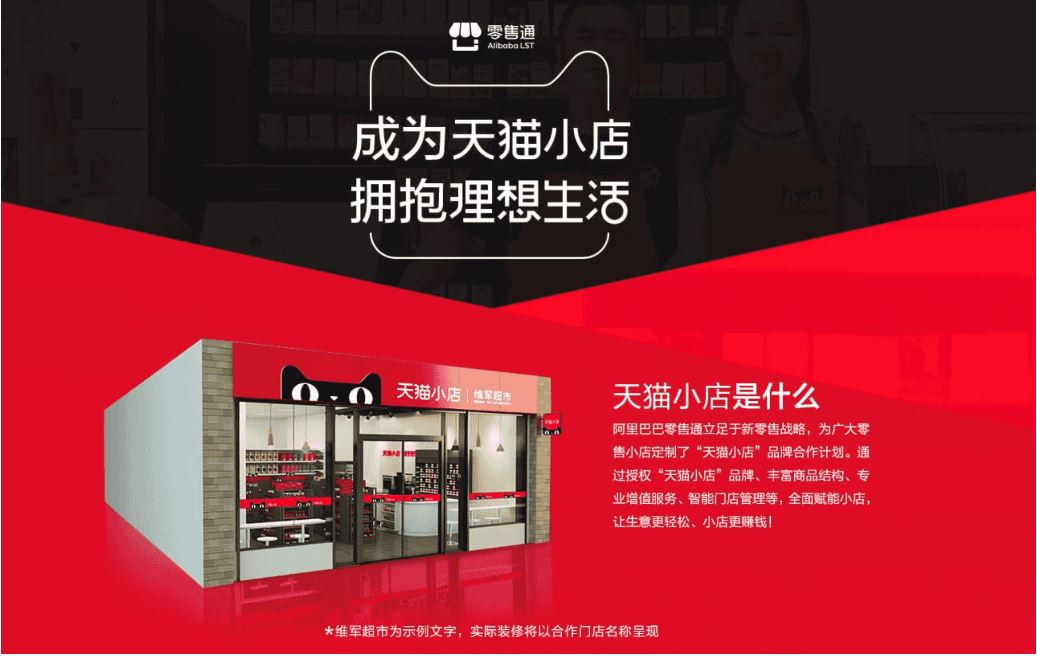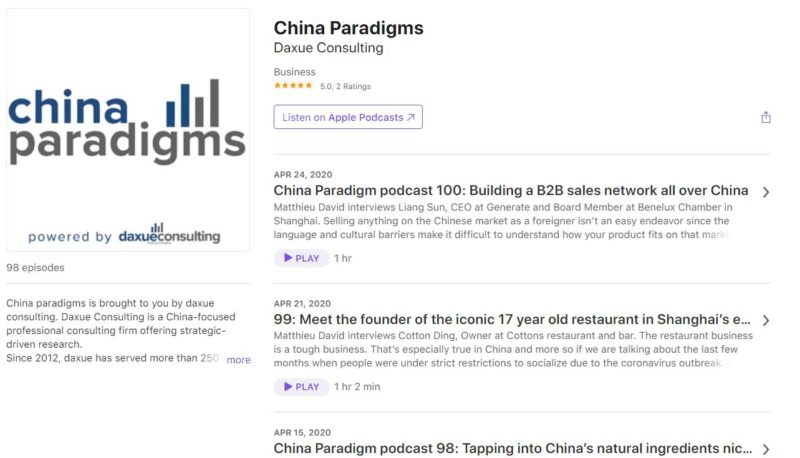Internet retail in China has experienced exponential growth, with a current value CAGR of 58.58% from 2010 to 2019; the highest among all channels in retailing in the country. Internet retailing attracts a large consumer base in China, especially the digital-savvy young and middle-aged consumers, with the penetration rate of over 70% in 1st tier cities. The top three product categories of online retail in China are electrical & electronics, apparel, and food & grocery, with home & garden products and furniture & floor coverings ranking the fourth and fifth respectively.
Internet retail in China is unique in many ways. Chinese consumers value the convenience offered by internet retailing. It makes shopping possible at any time, anywhere, as long as there is a computer or mobile device with internet access. Product comparisons and price comparisons are just a click away. Home delivery and competitive prices are also good news for time-pressed working consumers.
Moreover, improving online security, the convenience of payment method, and the mushrooming of various business-to-consumer (B2C) online shopping platforms increasingly ensured that Chinese consumers felt at ease with purchasing online, resulting in the rocketing growth of internet retail in China. While JD.com, Suning.co, and Alibaba remain the major players, the growth rate of internet retail in China is forecast to slow down.

[Source: Statista “The Internet Retail market in China is fairly concentrated, with the leading players taking up over 90% of the transaction share.”]
Emerging trends in internet retail in China
The industry grows into a collaborative ecosystem as retailers seek M&A opportunities as a solution of growth
Over the past few years, the internet retailing market has undergone rapid changes and many retailers struggled to keep up with those changes. Amazon marketplace exited China due to fierce competition from local players. Alibaba-owned Hema had taken over Wal-Mart in the rapidly growing domestic online supermarket. As leading local retailers continue to modernize and transform at a rapid pace, multinational retailers are now seeking support from their local comparatives. For instance, in June 2016, Walmart sold its Chinese e-commerce website, Yihaodian, to JD.com, which would enable Walmart to access a broader range of potential customers. Carrefour, a French-owned hypermarket chain, sold 80% stake of its business in China to a local grocery retailers Wumart.
Many local players also partook in mergers and acquisitions in China. For example, in September 2019, Alibaba acquired Kaola (网易考拉) for $2 billion, Netease’s cross-border e-commerce platform, and integrate it with Tmall to form the largest cross-border e-commerce platform in China. The internet retail in China presents increasingly more industry M&A activities like JD and Tmall’s.
The internet mindset prevails in the increasingly transparent internet retailing industry
As the current customers have been acclimatized to an increasingly transparent internet environment, mainly ascribe to the data-driven AI technology in China, the future customers will be likely to have total transparency about every purchase and consumption choice they make. According to Ernst Young’s consumer research, to attain the consumer of 2030, companies need to rethink their deliverables. Today, companies try to engage consumers by delivering the brand promise of product or service, while the extent to which it actually delivers can be vague, and consumers often need to take it on trust.

[Source: Taobao.com “Taobao offering deep discounts has become a way to show price transparency to the consumers of today, which makes brands and companies to adjust their business model to pass the savings to consumers.”]
The future retailing we are modeling will likely to be more transparent. Companies will have to fill the uncertainty along the decision-making journey, delivering measurable, personalized outcomes to the consequence of every quantifiable purchase. To do that, some companies have already taken preliminary measures on optimizing their business models. They look for opportunities to cut costs through outsourcing or divesting some of their current operations, to form strategic partnerships, and to focus exclusively on where and how they can add value.
Lower-tier cities and demographics other than the youth and females display strong potential
As the domestic internet retailing reaching maturity in the higher tier cities, retailers are looking for expanding their reach to rural areas or lower-tier cities, where the customer profitability is still high and competition is less fierce. According to the National Bureau of Statistics of China (NBSC), from 2013 to 2017, the per capita disposable income and consumer goods expenditure of rural household (9.3% and 7.6% respectively) increased at a faster rate than that of in urban households (8.3% and 5.4% respectively), suggesting a strong potential for the development of internet retailing. Moreover, the Chinese government is also in support of expanding e-commerce to the lower-tier cities.
Besides, as the profitability of younger and middle-aged, female demographics are saturating, new demographics such as male and the older generations offer strong potential for e-commerce in China. Interestingly to see is that recent studies have identified the growth of male skincare and cosmetics in the retail market in China. Expansion into emerging geographic and go beyond traditional demographic help to sustain dynamic growth within the industry.
Cross-border e-commerce targeting emerging markets
According to statistics, China accounts for over 50% of the Asia-Pacific online retail sector value, followed by Japan (10.4%) and South Korea (8.1%). The rest of Asia-Pacific amounted to 11.8%. The recent years have witnessed the South-east Asia countries including Thailand, Vietnam, Singapore, Malaysia emerging in the growth of online retail. These countries have shown significant development in internet service and logistics, which offers strong potential for internet retailing. With Internet giants like Tencent and Alibaba tapping into these markets, the Chinese government is also encouraging to export domestic productions and a surplus of production capacity to foreign markets.
Chinese e-commerce platforms are not playing in the top league of e-commerce in Southeast Asia as consumers prefer local e-commerce sites. However, they are quite competitive and with their strategic focus shifting towards emerging markets, those leading Chinese retailers will keep pace with the local platforms in the coming years. They might achieve this by M&A or investing in local platforms to reach a wider pool of customers. For instance, Alibaba invested in the Southeast Asian e-commerce platform Lazada, and Tencent invested in SEA, a Singapore-based gaming app and Internet company that owns the e-commerce platform Shopee.

[Source: KrAsia, App Annie “Lazada and Shopee are leading the e-commerce retail in Southeast Asia.”]
Future internet retailing landscape: Shaped by key players but watch out for disruptive innovation
Leading internet retailers experimenting on the O2O integrated model
Given the explosive growth of the channel, it seems apparent that more store-based retailers are likely to enter internet retailing. However, recent years have witnessed the major internet retailers expand to offline. For instance, Tmall has opened up Tmall Xiaodian (天猫小店) convenience stores to gain offline traffic while addressing the growing convenience store sector in the country. Vip.com (唯品会), an online retailing channel of Guangzhou VIPSHOP Information and Technology Co., also has had their physical stores in department stores in lower-tier cities. These exemplify that traditional retailing does have its advantages, and will continue to attract a fixed group of consumers. This is mainly because consumers are expected to continue to rely on brick-and-mortar stores for grocery products such as fresh vegetables and fruit. Meanwhile, there are consumers who are not internet-savvy.
Consequently, the future internet retail in China will see more pure e-commerce players increasing their reach and the outcome of experimenting with the O2O integrated business model. For those companies which are not pure e-commerce retailers, the major issue to resolve will be how to avoid cannibalizing their sales from store-based outlets with sales from their online sales platforms. After all, the investment in setting up an online platform for store-based retailers is not small.

[Source: 1688 “Alibaba’s Tmall Xiaodian is a new form of O2O retailing that offers franchisees a full package of solutions to tackle the New Retail era.”]
Collaboration as an avenue of growth will further consolidate the industry
To consolidate their leading positions, the top internet retailers are expected to strengthen their business model over the forecast period to keep pace with changing consumer needs, to fulfill unmet needs, and to gain economies of scale. As they look for chances to cut costs, raise capital, and improve performance, more than half (53%) plan to outsource or divest some of their current operations, according to the industry research. This may lead to more collaborations from the delivering end to the receiving.
As the future internet retailing demands a more collaborative ecosystem, it is likely to see the industry becoming more consolidated with the internet moguls acquiring the underdogs that offer significant transitional capacities. On a global scale, China has leading retail technology and innovative customer experience, it has become an attractive destination for acquisition.
What Daxue can do for you
While the incumbents are looking for changes to adapt to future consumers, the extent to which they can actually transform can be hard to tell. This is mainly because the existing players so often have established their systems from day one and changes might be difficult to implement. However, for new entrants, it’s relatively easier to apply disruptive changes due to the inchoate business model they are experimenting with.
Therefore, the newly entered retailers have the luxury to change fast enough or stay relevant, whilst the existing players need to stay vigilant on the disruptive forces in the market.
What Daxue Consulting offers are insightful analysis of the market and an integrated solution for businesses in the market or planning on entering. With a real understanding of the market, we make sure a balance between what
Listen to 100 China entrepreneur stories on China Paradigms, the China business podcast
Listen to China Paradigm on Apple Podcast






